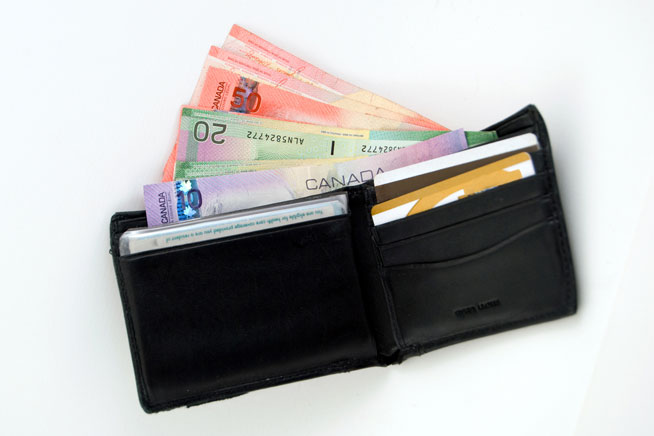Let's Talk Tax
All your answers to your main taxes concern for the current year
RELATED ARTICLES
Tax-efficient cash in trying times

Pulling out of your TFSA
By far, the quickest and most tax-efficient way to raise cash is to withdraw from a tax-free savings account (TFSA). Any withdrawals made from the account are tax-free. The icing on the cake is that in the year following your withdrawal, your limit increases by the amount of the withdrawal. You can therefore catch up on your contributions later. Any gains you make within the account are also tax-free.
Selling personal use assets
The sale of personal use items like furniture, electronics, vehicles, etc. is usually not taxable on your tax return. This is because you are likely to sell these items for a loss since they have lost value over time. The catch, however, is that because they are depreciable assets, any loss from the sale of these items is not considered a capital loss.
Selling shares from non-registered accounts
If you own shares in a non-registered account (i.e. NOT in an RRSP or a TFSA), only half of the profits made from the sale of those shares are taxable as a capital gain. This means that you get to pocket the other half free of tax.
Selling your personal home
Selling your personal home might sound drastic, but it is one of the more tax-efficient ways to raise cash. The reason for this is that any profit you make from the sale of your personal home can be exempt from tax if you designate it as a principal residence for all the years you lived in it. The designation of your home as a principal residence is done by producing the T2091 form with your tax return.
Applying for scholarships as a student
If you are a student in a post-secondary school (college, technical school, university), there are scholarships available to help pay for your tuition while you are studying. As long as you are/were a full-time student in the last three years, scholarship income is exempt from taxation.
More questions? We have answers.
Now with FREE TELEPHONE SUPPORT.
(Long distance charges may apply.)

Privacy Statement Contact Us
© 2025 Thomson Reuters/Tax & Accounting. All rights reserved.




